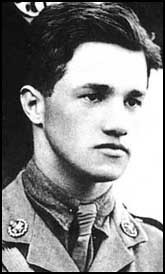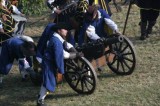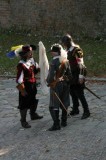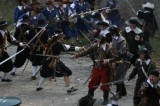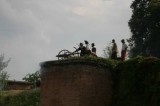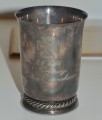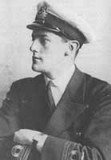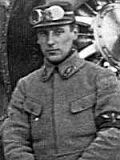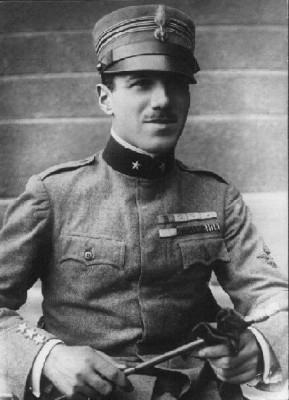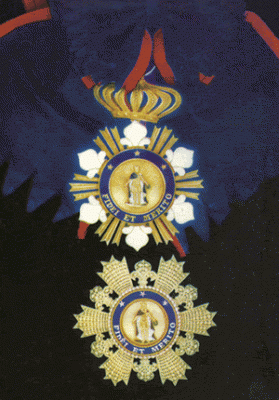
Rad
Radek Enžl
- Date of registration : 02.06.2003
- Last time active : 23.04.2024
- Posts count : 4.233
- Fact posts : 2.341
- Find all posts of user
- Personal photogallery
Articles


95th Aero Squadron

Adjudant André Julien Chainat

Alexander Alexandrovich Kazakov

Arthur Raymond Brooks

Billy Bishop - the boy who couldn't miss
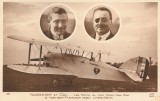
White bird
In 1927, the competition between several different teams for the crossing of the Atlantic Ocean and the associated prize money of $25,000, which was a huge amount of money at the time, was at its peak. Different teams were betting on different types of aircraft, monoplanes, converted bombers, etc. A couple of Legion of Honor winners, Charles Nungesser and Francois Coli, bet on the Levasseur PL.8 "l'Oiseau blanc"...
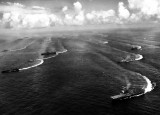
Battle of Okinawa Part 1 - Preparations
Battle slogan of the Japanese 32nd Army defending Okinawa

Battle of Okinawa Part 2 - Combat Action
Major General JR Hodge, Commander XXIV. Army Corps
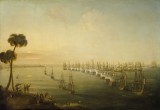
Battle of Aboukir Bay
In the spring of 1798, Napoleon Bonaparte was planning a major invasion of Egypt. The Directory felt a threat in his person, so he willingly gave permission for the campaign. The purpose of this action was to cut off England from its colonies and endanger the colonies in India.
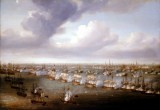
Battle of Copenhagen
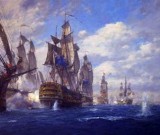
Battle of Cape Sao Vicente February 14, 1797
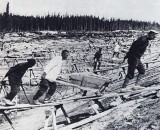
Battle of Sokolovo - Part 1
The first part of the series devoted to the 1st Field Battalion's fighting at Sokolov in March 1943 deals with the plight of Czechoslovak citizens who found themselves in Soviet labour camps. It is a little-known fact that around 80% of the 1st Field Battalion was made up of prisoners from the gulags.
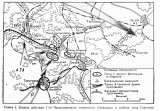
Battle of Sokolovo - Part 10
After a fierce battle the Czechoslovaks lost Sokolovo, but during the following night they set out to recapture it...
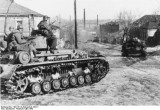
Battle of Sokolovo - Part 11
After fierce fighting at Sokolov, the Czechoslovak battalion was threatened with encirclement. Therefore, he was ordered to retreat, during which, however, there was no shortage of dramatic moments...
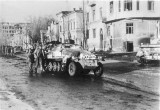
Battle of Sokolovo - Part 12
The battle of Sokolov was over, but the recovery of the battalion was not a simple task...

Battle of Sokolovo - Part 13
Czechoslovak soldiers were ordinary people, as in all armies. There were heroes, there were cowards. Both the former and the latter are part of the complete history of the deployment of the 1st Field Battalion at Sokolov, and there is no point in saying that the latter category did not exist. Yet it cannot be overlooked that there were only a few cowards, while those who did not leave their battle stations were much, much more numerous...
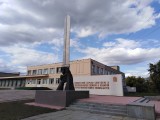
Battle of Sokolovo - Part 14
The final part of the series about the first combat performance of the Czechoslovak troops on the Eastern Front deals with the issue of Czechoslovak soldiers captured in Sokolov.
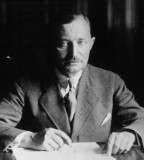
Battle of Sokolovo - Part 2
The second part of the article about the combat performance of the Czechoslovak soldiers at Sokolov reveals the desperate situation of the Czechoslovak citizens in the gulags and the difficulties they had to face when they wanted to join the Czechoslovak troops.

Battle of Sokolovo - Part 3
The political behind the scenes of the establishment of the first Czechoslovak unit in the USSR.

Battle of Sokolovo - Part 4
Battalion construction, armament, training and intrigue.
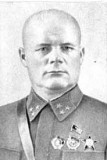
Battle of Sokolovo - Part 5
The actual movement of the Czechoslovak unit to Kharkov, where it was to be deployed as part of the Voronezh Front, was not easy. The Soviet railways were quite damaged by the war, so the move to Valuiki station, from where the soldiers were to continue on foot, took three weeks.

Battle of Sokolovo - Part 6
The soldiers of the 1st Field Battalion went to the front as a fast unit, trained and designed to conduct offensive combat. After being assigned motor vehicles, they were to take part in the offensive actions that the Voronezh Front was conducting at the time. However, a turn in the situation at the front caused them to frantically start building defensive positions and waiting for German tanks...
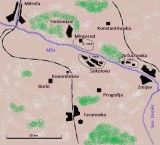
Battle of Sokolovo - Part 7
Preparations for battle are at their peak, the Czechoslovaks are building defences, weapons are being deployed. The battle is approaching.
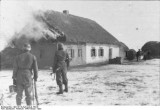
Battle of Sokolovo - Part 8
The memories of veterans draw the reader directly into the burning Sokolov...
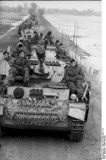
Battle of Sokolovo - 9th part
German view of the battle for Sokolovo, deployed units and losses.
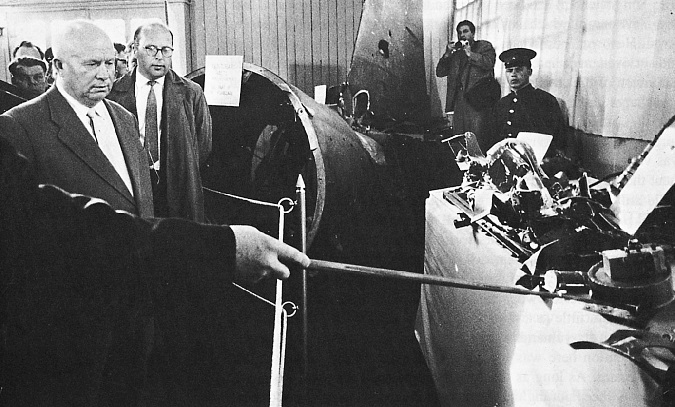
Combat deployment of the S-75 system (Part 1. - Against spies)
Combat deployment of the S-75 system (Part 2 - Vietnam 1965-68)

Combat deployment of the S-75 system (Part 3 - Vietnam 1969-73)
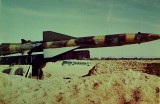
Combat deployment of the S-75 system (Part 4 - Middle East 1967-82)
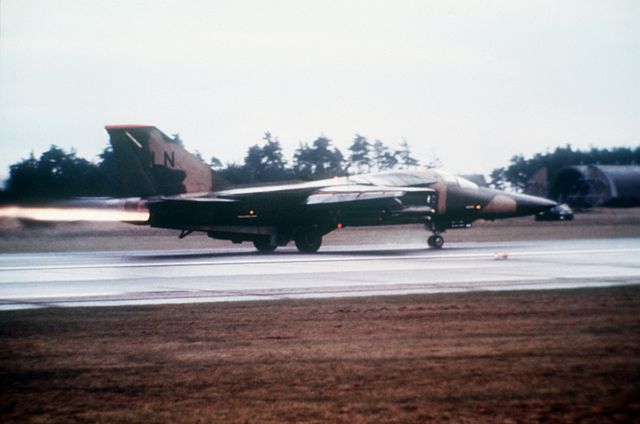
Combat deployment of the S-75 system (Part 5 - 80s to the present)
We will defend ourselves - part I. (The beginning of the journey)
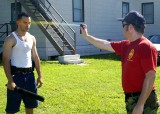
We will defend ourselves - part II. (Stun Guns and Defensive Sprays)
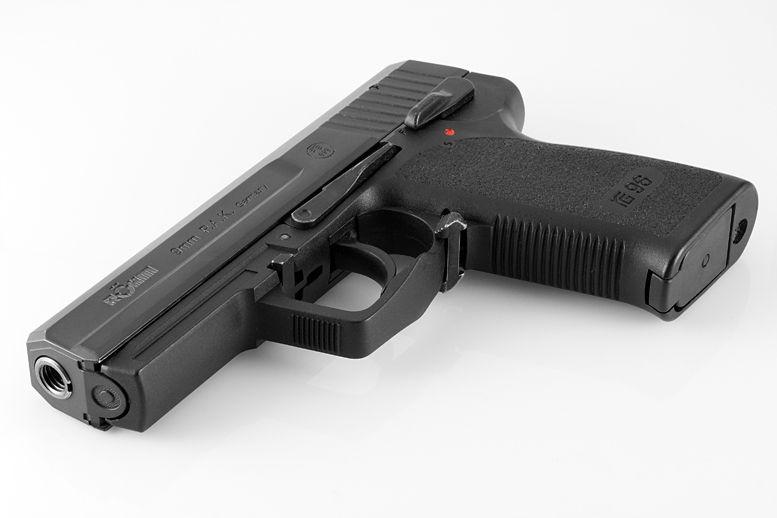
We will defend ourselves - part IIa. (gas guns, lamps, personal alarms)

We will defend ourselves - part III. (Self-defense and the law)
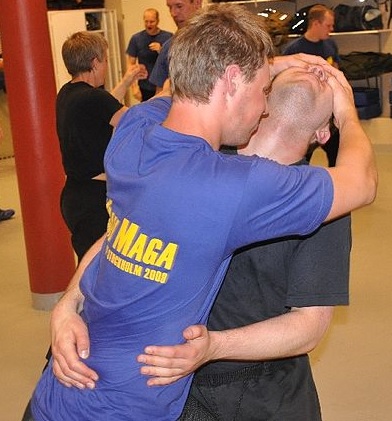
We will defend ourselves - part IV. (Fight without weapons)
It is strange how many people associate self-defense only with the rush of unarmed combat. However, relying only on bare hands in self-defense is, in my opinion, extremely dangerous and short-sighted. Nevertheless, in no case can the fight without a weapon be condemned - you will find out why this is the case in this article.
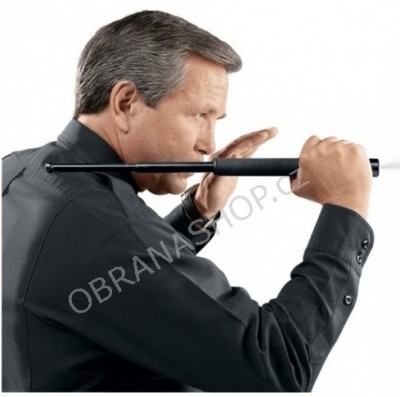
We will defend ourselves - part V. (Cold attack weapons)

We Will Defend Ourselves - Part VI (Improvised Weapons)
The article is a continuation of the previous part of the series, in which the possibilities of self-defence through cold strike weapons were described. Nevertheless, a situation may arise where, at the moment of attack, the defender is either not armed at all or does not have time to draw his own weapon. In spite of this, he does not have to face the attacker with his bare hands, there are enough weapons around...
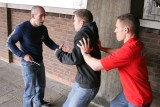
We will defend ourselves - Volume VIIa. (Self-defence with bladed weapons - knives and daggers)
The first part of the article deals with the self-defensive use of bladed weapons such as knives and daggers. This part focuses primarily on the key question of whether a knife is an appropriate weapon for self-defence and, in particular, on common myths surrounding this issue.

We will defend ourselves - Volume VIIb. (Self-defence with bladed weapons - knives and daggers)
The second part of the article on self-defence by means of bladed weapons presents a short list of suitable weapons for this type of self-defence and the way of their use.
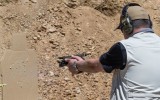
We will defend ourselves - Volume VIII (Self-defence with short firearms - pistols and revolvers)
This article is not intended to teach anyone how to shoot or to help with gun selection. There is plenty of literature on this topic on the market, both Czech and foreign. Rather, the article emphasizes the most heady part of self-defense with short firearms - the reality of a real encounter.
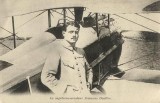
Capitaine Albert Deullin
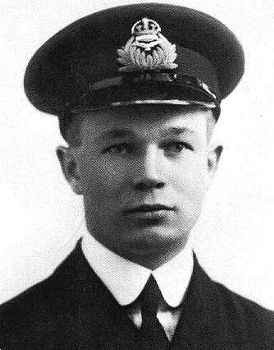
Captain Arthur Roy Brown
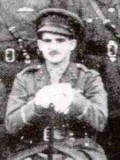
Captain Reginald Theodore Carlos Hoidge
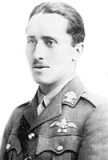
Captain Richard Aveline Maybery
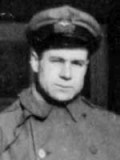
Captain Stearne Tighe Edwards

Carlos de Haya González de Ubieta
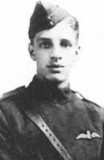
Cecil Arthur Lewis

Czech Blood
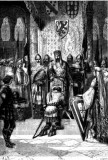
Czech Blood
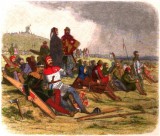
Czech Blood
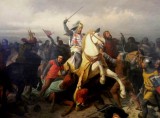
Czech Blood
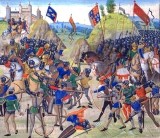
Czech Blood

Czech Blood

Czech Blood

The Czech national flag
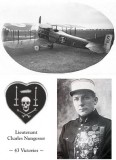
Charles Nungesser

The chimera of the stopping power of short firearms for the second time, part 1 - The greatest myths of early ballistics
What exactly is and what is not the stopping effect of projectiles?

The chimera of the stopping effect of short firearms for the second time, part 2 - The effect of projectiles on living tissue
How do bullets move in tissues and what are the mechanisms of their wounding effect?
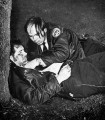
The chimera of the stopping power of short firearms for the second time, part 3 - Wound response
What really excludes a person from a fight? Is it pain? If not, how fast will blood loss stop him? And what about that famous hydrostatic shock?

Chimera of the stopping effect of short firearms for the second time, Part 4 - Methods of determining the criteria of the effectiveness of a projectile
How to actually determine the effectiveness of a projectile? According to her energy or momentum? Or statistically, according to the results in real conflicts? The question remains whether something like this can be objectively determined at all ...

Chimera of the stopping power of short firearms for the second time, part 5 - Search for the magic bullet
Why magic bullet? Because the demands that some authors place on defensive ammunition seem to belong in fairy tales. Is there really ammunition that would knock a person out on the spot?
At the end of the series, we will try to find the answer to whether it is possible to define the best defensive charge in some way ...
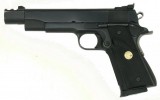
A civilian version of the Colt 1911 and its clones
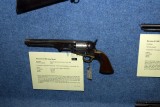
Colt Model 1851 Navy
It was one of the most successful weapons of its time. During the Civil War, the famous General Robert E. Lee also had it by his side. After the war, Wild Bill Hickok, the most famous gunslinger in the West, wore it practically throughout his career. It was a well-balanced revolver, accurate and reliable. It was one of the weapons that helped create the legend of Colt weapons.
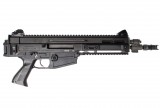
CZ 805 BREN
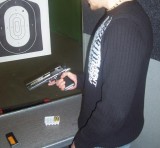
Desert Eagle 50 AE for the second time - practical test

DFW C.V
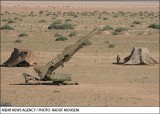
Dongfeng-7 aka Tondar-69: The East Wind blowing into Iran
In the context of the war in Ukraine, it is clear to see the danger that ballistic missiles pose to cities. These do not have to be expensive weapons. The article describes a ballistic missile of Chinese origin, "recycled" from an originally medium-range anti-aircraft missile.

Eberhard Mohnicke
The biography of a little-known WWI ace, a man who served nearly a year and a half in the elite fighter unit Jasta 11, managed to survive all of its campaigns and many of his more famous comrades, but still did not escape his fate as an aviator in the end.
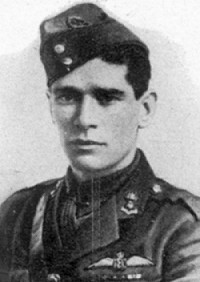
Edward C. Mannock - King of the Air Warriors

Electromagnetic bomb - a weapon with directed energy
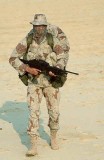
Elite units in the Persian Gulf
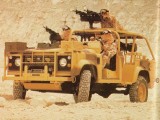
Elite units in the Persian Gulf

Farman MF.11 Shorthorn

Fernand Jacquet - the first Belgian ace
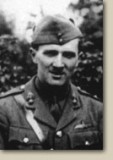
Frederick Sowrey

Friedrich Theodor Noltenius
Leutnant Friedrich Theodor Noltenius was a German flying ace during the First World War, with a total of 21 official victories. From July 1914 to July 1917, he served with distinction as an artilleryman. He transferred to the Luftstreitkräfte and became a fighter pilot. After his aerial combat career began with a horrifying incident, Noltenius began shooting down enemy observation balloons and airplanes on 10 August 1918. His battle claims were sometimes unsuccessfully disputed with other pilots, including his commanding officers. Despite the resulting transfers between units, Noltenius continued his success, being credited with his 21st victory on 4 November 1918. Only the war's end a week later barred him from receiving Germany's highest award for valor, the Pour le Mérite.
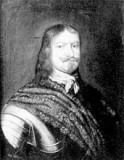
Generalissimo Lennart Torstensson, Earl of Ortala
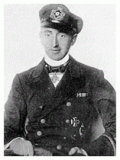
Generalleutnant Theodor Osterkamp
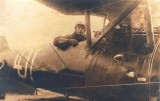
Generaloberst Ernst Udet
The second most successful German air ace of the World War I, air showman and finally one of the leaders of the Second World War Luftwaffe. Ernst Udet managed to do all this during his turbulent life.

George William Barker
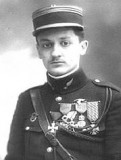
Georges Guynemer

Giorgio Pessi - Black Crescent Fighter
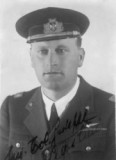
Giuseppe D'Agostinis

Gordon Campbell Wilson
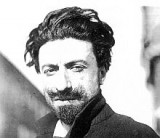
Guido Keller
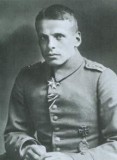
Hauptmann Oswald Boelcke
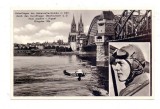
Hippel, Hans Joachim von
Anyone interested in World War I aviation will sooner or later come across the name of Hans von Hippel. However, this man was not famous for being a fighter ace, but a conspicuous marking of his aircraft.
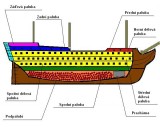
HMS Victory
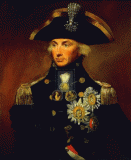
Horatio Nelson - Part 1

Horatio Nelson - Part 2

Horatio Nelson - Part 3

Horatio Nelson - Part 4

Horatio Nelson - Part 9

Horatio Nelson - Part 5

Horatio Nelson - Part 6

Horatio Nelson - Part 7

Horatio Nelson - Part 8
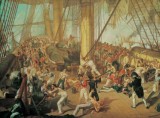
Horatio Nelson - Part 10

The most famous military weapons of the Colt brand

The most famous military weapons of the Colt brand
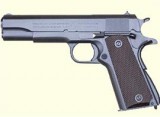
The most famous military weapons of the Colt brand
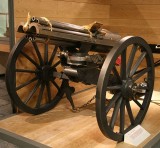
The most famous military weapons of the Colt brand

The most famous military weapons of the Colt brand

Iraq and its leader - the end of the One who resists?

Iraq and its leader - the end of the One who resists?

Jan Olieslagers, Antwerp demon

Jean Jacques Etienne Lucas
French naval officer, captain of the ship Rédoutable at the Battle of Trafalgar.

Jean Navarre - guardian of Verdun
John Allen Hilger
John Allen Hilger was a United States Air Force officer and deputy commander of the Doolittle Raid of Japan during World War II.
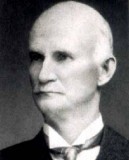
John Moses Browning
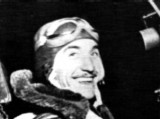
José Falcó Sanmartín

Julius Arigi

Kampfgeschwader Sachsenberg
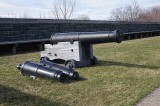
Caronade, melvilade, gasconade - three names for one gun
The story of an interesting artillery weapon that almost revolutionized naval warfare.
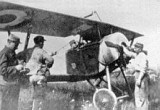
ľEscadrille Laffayette
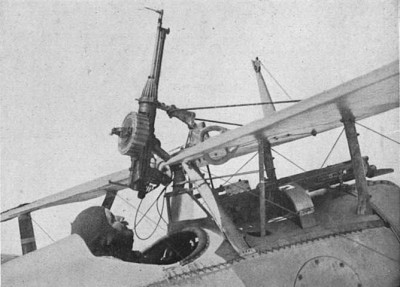
Lewis Mk.I
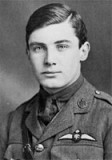
Lieutenant Arthur Percival Foley Rhys-Davids

Orient - beast with 118 guns
The story of one of the most powerful sailing ships of her time, including her terrible end. Admiral Nelson, commander of the victorious fleet, still sleeps his eternal dream in a coffin made from a piece of her mast.

M-2 Volkhov-M
The M-2 complex was constructed on the basis of the ground PLRK S-75, then widely used in the state air defense. However, the original S-75 was completed according to the requirements of the Navy.

Manuel Antonio Zarauza Clavero

Manuel Clavero
Biography of one of the leading aces of the Spanish Civil War.
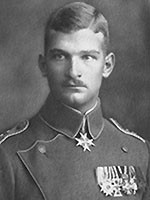
Max Ritter von Mulzer

Mellersh, Francis John Williamson
British fighter ace of World War I and witness of the shooting down of Manfred von Richthofen.
Miguel Guerrero García
Nationalist fighter ace of the Spanish civil war and later general of the Spanish air force.

Morane-Saulnier N

The myth of stopping effect

The myth of stopping effect

Cartridge 45 Colt
History and description of one of the oldest revolver rounds in the world. The cartridge is still being manufactured, and some time ago it was even started by the Sellier & Bellot domestic ammunition.

Naval warfare in the days of Admiral Nelson
Admiral Nelson joined the Navy in the second half of the 18th century. The article approaches the issue of maritime strategy and tactics, a description of the division of ship classes and ship equipment and does not neglect the life of ordinary sailors in that era.
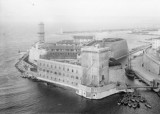
The deployment of the Czechoslovak ground units in the battle for France (part 1. - Emergence)
The 10th of May 1940 began the operation Paula - the German attack against the countries of western Europe. German troops burst in, inter alia, also on the territory of France. One of those who met the invaders with weapons in hand, were also Czechs and Slovaks. The successful deployment of the czechoslovak airmen in the battle of France is widely known. However, it is often unjustly forgotten to the members of the ground troops - and they intervened in the fighting, and they died. In the first part of the article do we learn about the creation, organization, composition and armament of the czechoslovak ground troops in France.

The deployment of the Czechoslovak ground units in the battle for France (part 2. - Combat deployment)
Czechoslovak divisional infantry in the battle of France took part in heavy retreat battles. Soldiers practically constantly marched, a place of rest dug trenches and fought. Several times narrowly escaped by retreating to the loops of the German encirclement. Despite the loss to maintain discipline and combat readiness. It is incredible what they had to those men at that time to endure and what they did.
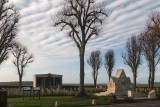
The deployment of the Czechoslovak ground units in the battle of France (part 3. - The list of the fallen)
Annex to the article about the combat performance of the Czechoslovak infantry units in the battle of France. The list is not limited only to soldiers who fell in the fight, but it also includes all the fallen and the dead czechoslovak troops by the end of 1940. Many died even before the outbreak of fighting, others on the contrary after their termination (the consequences of the war hardships it no doubt had their part), some even their own hands. Yet I don't want to separate. All of these men perished as a czechoslovak soldiers - and so they should also be remembered.
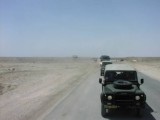
Our soldiers in Iraq - photo report I.
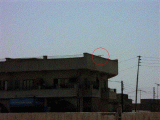
Our soldiers in Iraq - photo report II.
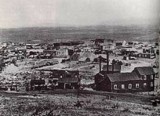
The most famous shootout of the Wild West

The most famous shootout of the Wild West
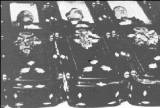
The most famous shootout of the Wild West

The toughest of the toughest
Corporal Chris Ryan, MM *, a member of the Bravo Two Zero patrol of the 22nd SAS Regiment in Iraq, January 1991.

The toughest of the toughest

The toughest of the toughest

The toughest of the toughest
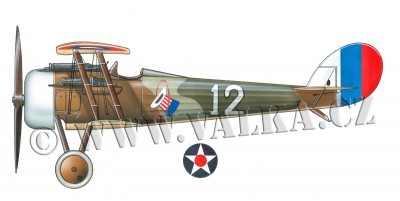
Nieuport N.28 C.1

Oberleutnant Otto Kittel
The biography of Luftwaffe fighter ace number four. A man who was born in Austria-Hungary, lived in Czechoslovakia and died fighting for Nazi Germany.
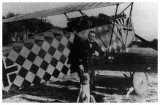
Oberleutnant zur See Gotthard Sachsenberg

Operation Nimrod

The eagle of Lille

The father of modern wounding ballistics
Politically motivated "research" has prevailed in wounding ballistics since the Vietnam War. He used the wrong methods to exaggerate the wounding effects, seriously confusing the current doctrine. Objective determination of the amount, type, and location of tissue damage, not the presumed velocity of the projectile, are key information that a combat surgeon should use to determine treatment. Martin L. Fackler, 1992
Father of SAMs
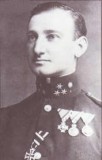
Otto Jindra
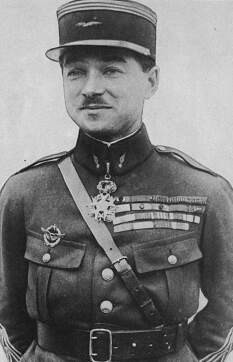
Paul-René Fonck

Attack on Pearl Harbor
The attack on Pearl Harbor was a surprise strike by the Japanese Imperial Navy against the United States Naval Base at Pearl Harbor in the Hawaiian Islands on Sunday morning, December 7, 1941 (December 8 in Japan). Admiral Chuichi Nagum's six aircraft carriers sent two attack waves, numbering a total of 353 aircraft, against the US Pacific Fleet base in Pearl Harbor, Oahu.
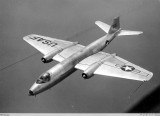
The first kill

The first success of the RAF or the
Ninety years ago, on April 1, 1918, the British Royal Flying Corps belonging to the ground forces, merged with the Royal Navy Air Service, creating the world's first independent air force, the famous Royal Air Force, Royal Air Force. However, this seemingly only administrative step fundamentally affected the lives of three men. At that time, air warfare raged in the sky and all three of them were fighters. Without this measure, the two would never have met with one unit, and one of them would not have saved the other's life. The third would not die, at least not under the circumstances I will tell you about now ...

Carcano 91 rifle

Lebel 1886 rifle

Pour le Mérite - Blue Max
Blue Max is a familiar nickname of the highest Prussian award for bravery from the period of the First World War. A whole generation of young Germans longed for this award, as it was a ticket to the highest floors of society and a guarantee of admiration for women from the best families. A film with this theme was also made in 1966, which was called - as usual - Blue Max. The article describes the history of one of the most beautiful decorations in the world.

Le Prieur rockets - the first air-to-air missiles
During the First World War, observation balloons were among the prized reconnaissance assets. They were very difficult to hit with anti-aircraft guns. Ordinary machine gun rounds from aircraft would have required the airmen to fire hundreds of rounds before enough carrier gas escaped from the balloon. That's why the so-called "aerial torpedoes," or the first air-to-air missiles, appeared on the front to blow the balloons out of the sky.
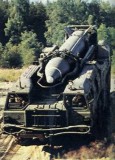
SCUD missiles in the Persian Gulf in 1991
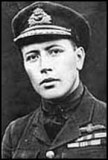
Raymond Collishaw
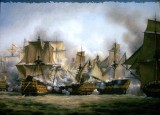
Redoutable
Rédoutable was a French Navy Téméraire-class ship with 74 guns. She took part in the battles of the French Revolutionary Wars as part of the Brest Squadron, and served in the Caribbean in 1803. During the Battle of Trafalgar, her crew fought a heroic engagement with HMS Victory, killing Vice Admiral Horatio Nelson in the process. Rédoutable refused to surrender even when only about 20% of her crew remained combat capable. Her captain wrote of his men: "Never were so many displays of intrepidity, gallantry, and courage exhibited on board one ship; the whole history of our navy cannot boast what they did."
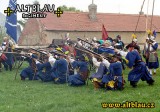
Regiment Altblau
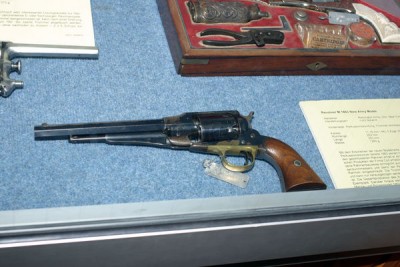
Remington 1863 (New Army Model)
Revolver Enfield Mk II
The story of the revolver, which was one of the few equipped with a selective cartridge ejection system - at the same time could throw away only fired cartridges and leave the unfired in the chambers.
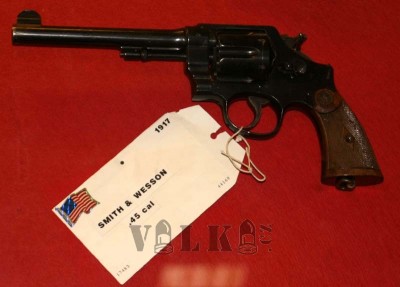
Revolver Smith & Wesson Model 1917 Hand Ejector
Revolver Webley Mk. VI
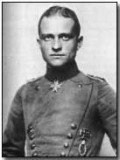
Rittmeister Manfred Freiherr von Richthofen
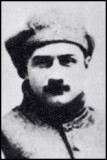
Roland Garros
Rosice near Brno and their liberation on April 24, 1945
Rosice near Brno and their liberation on April 24, 1945 Part 2

Knights of the Clouds or a little more about fighter aces of World War I (Part I)
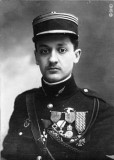
Knights of the Clouds or a little more about fighter aces of World War I (Part II)
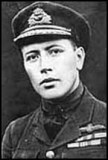
Knights of the Clouds or a little more about fighter aces of World War I (Part III)
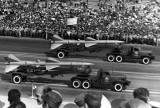
S-75 Desna
The middle "sibling" of the family of anti-aircraft missile complexes now referred to as the "S-75 system". It was this type of PLRK that knocked the U-2 out of the sky over Sverdlovsk...
S-75M Volchov / SA-2 Guideline
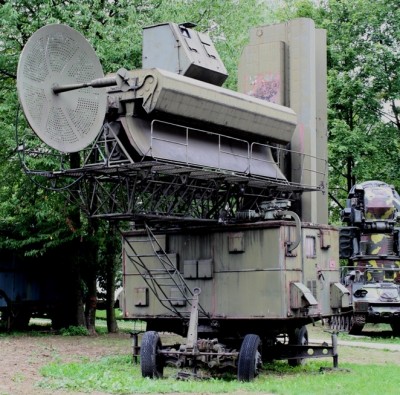
SA-75 Dvina and its version

Saddam finally caught!

Saddam finally caught!
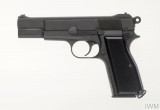
Self-loading pistol Browning FN 9 mm HP No.2 Mk. AND
John Moses Browning, working for the Belgian armory Fabrique Nationale, began work on a new pistol in 1921 at the request of the French government. French requirements included the possibility of using a stock, adjustable sight up to 500 m, caliber 9 mm Luger, etc.
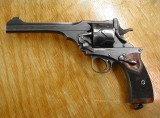
Webley-Fosbery self-tensioning revolver
Self-loading or self-tensioning revolver? Isn't that a bit of a contradiction? This article provides the answer to this question and an insight into the history of a remarkable design in the history of the development of firearms, constructed by an unadulterated hero, the holder of the highest British award, the Victoria Cross.
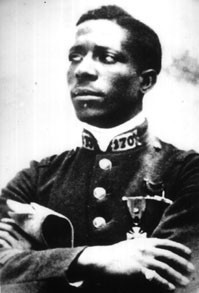
Second Lieutenant EUGENE JACQUES BULLARD
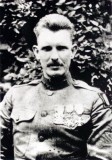
Seržant York
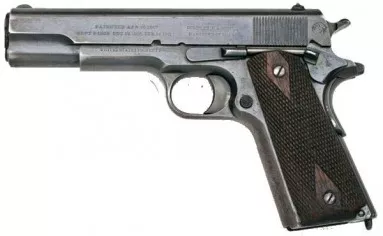
Famous weapons and ammunition - the Colt 1911 and the .45 ACP

FAMOUS WEAPONS AND AMMUNITION - Colt Single Action Army and .45 Long Colt - Part 1

FAMOUS WEAPONS AND AMMUNITION - Colt Single Action Army and .45 Long Colt - Part 2
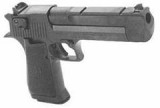
Famous weapons and ammunition - Desert Eagle and .50 Action Express
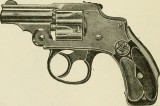
Smith &Wesson Safety Hammerless (New Departure), or dangerous "Lemon Squeezer"

Death of Admiral Nelson

SPAD S.XIII C.1

SPECNAZ

Fighter aces

Fighter aces

Fighter aces

Fighter aces

Fighter aces

Fighter aces

Fighter aces

Fighter aces

Fighter aces

Fighter aces

Fighter aces

Fighter aces

Fighter aces

Fighter aces

Fighter aces

Fighter aces

Fighter aces

Fighter aces

Fighter aces

Fighter aces

Fighter aces

Fighter aces

Fighter aces

Fighter aces

Fighter aces

Fighter aces

Fighter aces

Fighter aces
Arthur Gould Lee, Camel pilot at the 46th RFC Squadron in 1917-18

Fighter Aces - First Aces

Story of the Wild West - guns, shootouts and gunslingers - part 1
Who wouldn't be excited about the Wild West? Stories of fearless gunslingers, bravely walking towards a gang of bandits on a deserted street in the glow of the setting sun. Stories of determined sheriffs, skilful bank robbers, amazing super shooters, noble Indians and honest cowboys. As a kid, I loved these stories. However, as I grew up, I wanted to know more about the lives of these legendary heroes, and with astonishment I began to uncover the world of the real West - which was no less exciting, but still somewhat different.
Story of the Wild West - guns, shootouts and gunslingers - part 2
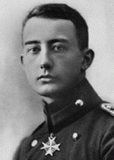
Magnificent courage

Exhibition of models at the castle in Rosice near Brno 25.10. - 1 November 2003
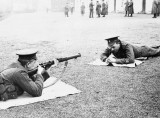
Development of military repeating rifles on the eve of the World War I

Origin and development of AA S–75 (SA-2 Guideline) - Part 1

Origin and development of AA S–75 (SA-2 Guideline) - Part 2
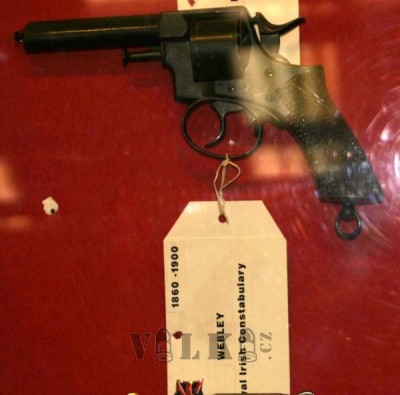
Webley Royal Irish Constabulary
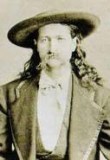
Wild Bill Hickok

Wild Bill Hickok - part 2
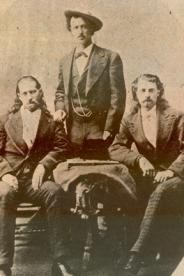
Wild Bill Hickok - part 3
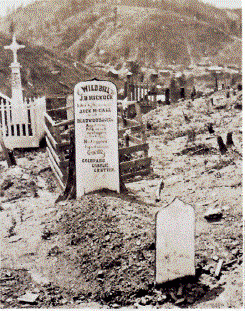
Wild Bill Hickok - part 4
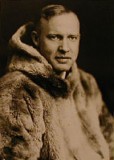
Wilfrid Reid May OBE, DFC
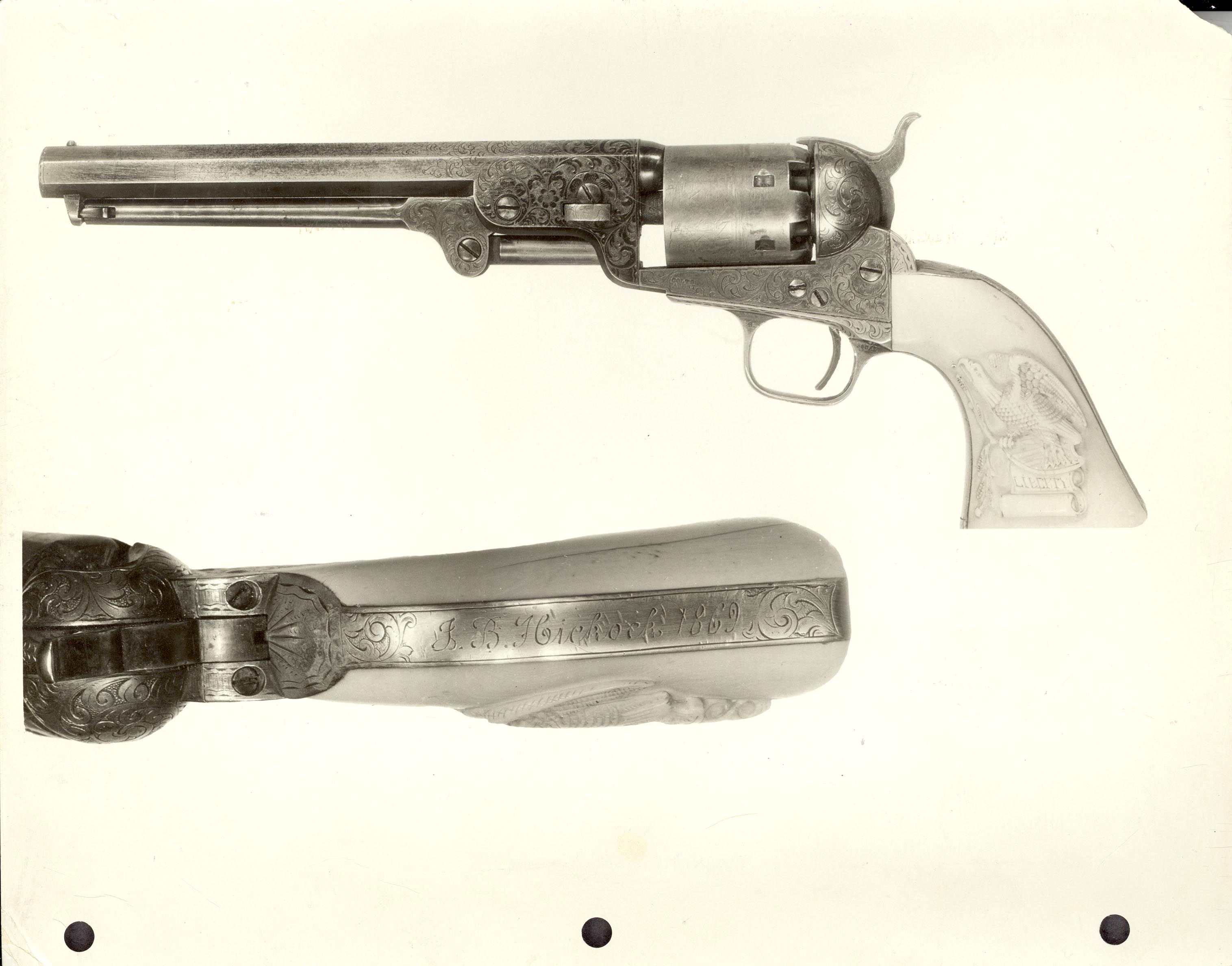
The mystery of the revolvers of Wild Bill
Badges
| News Category |















|
| Personalities Category |















|
| Units Category |
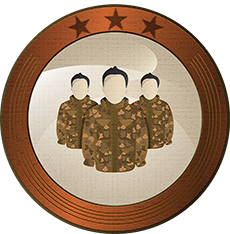
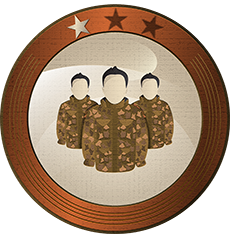
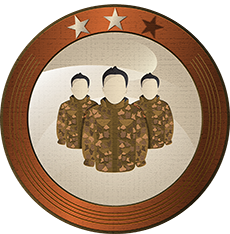
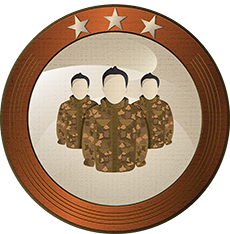
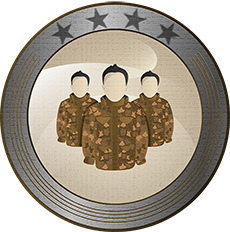
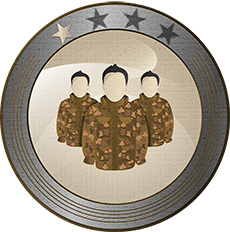
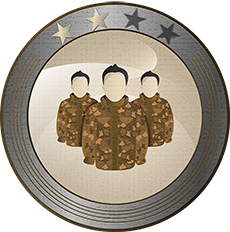
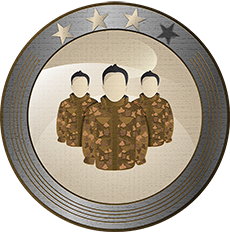
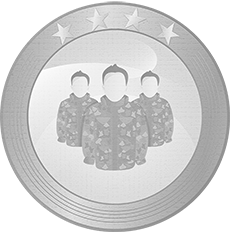
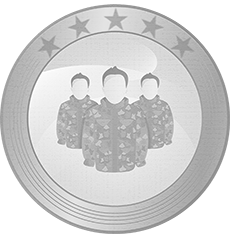

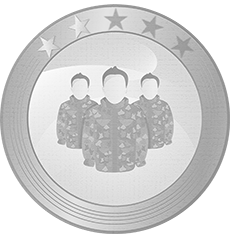



|
| Armoured Vehicles Category |
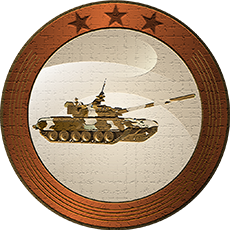
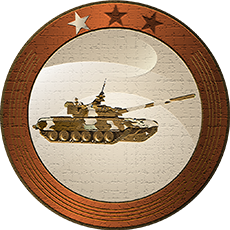
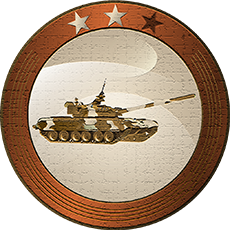
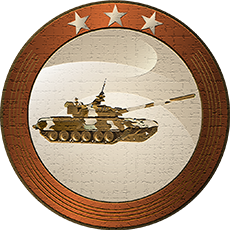
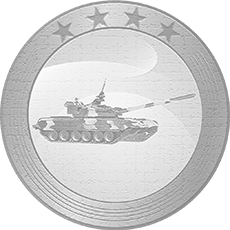
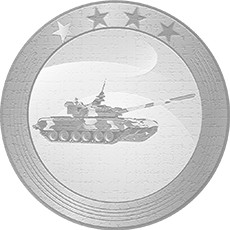
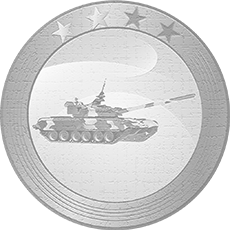
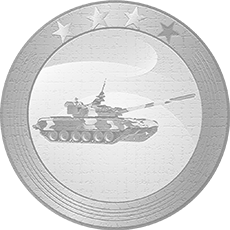
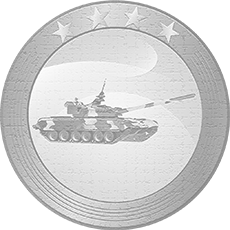
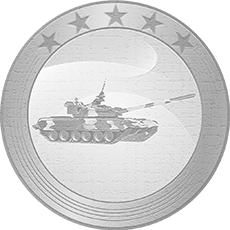
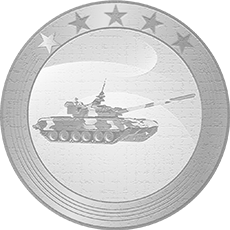
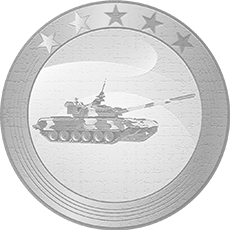
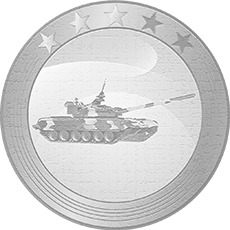
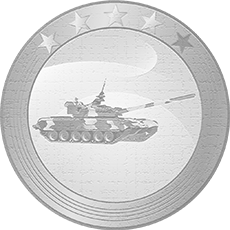
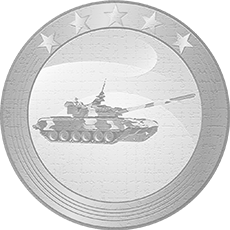
|
| Artillery & Rockets Category |
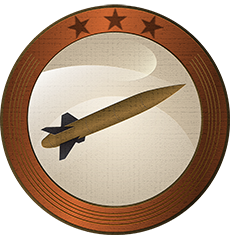
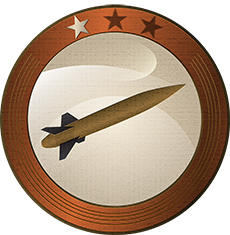
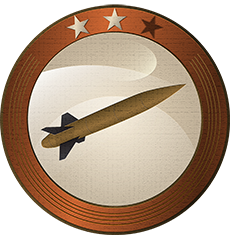
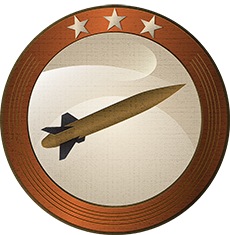
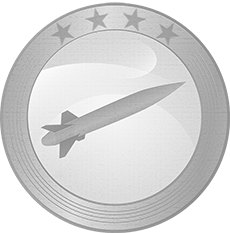
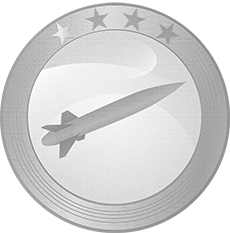
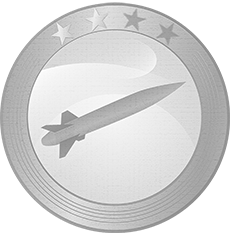
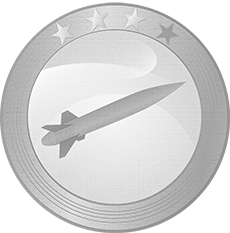
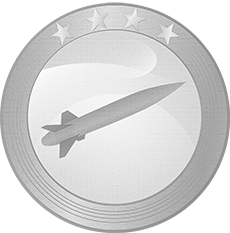
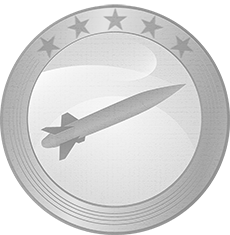
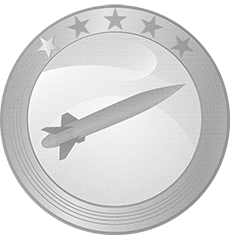
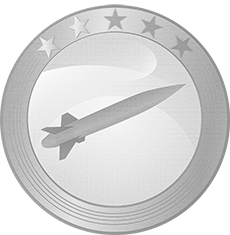
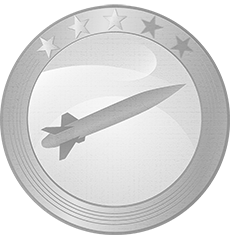
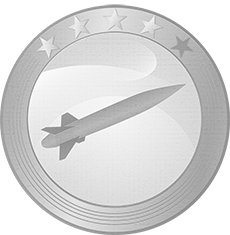
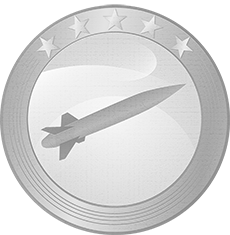
|
| Soft Skin Vehicles Category |
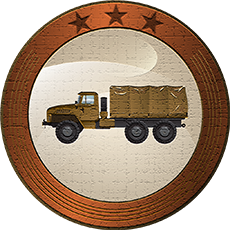
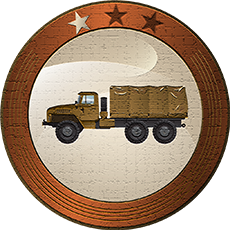






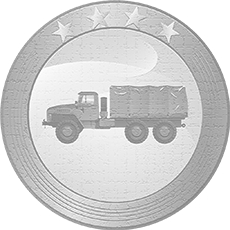






|
| Land-Based Air Defence Category |
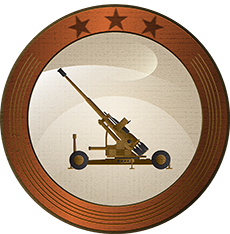
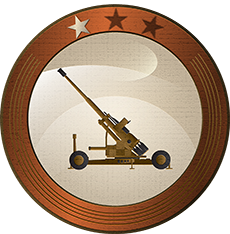
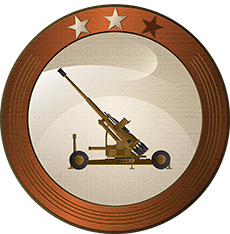
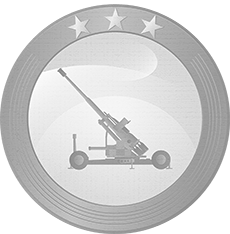
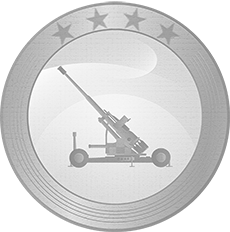
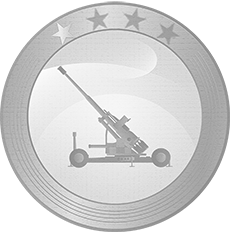
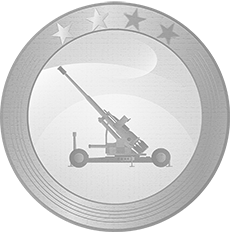
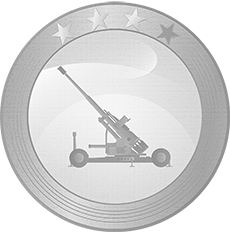
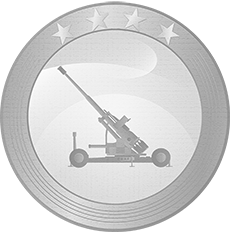
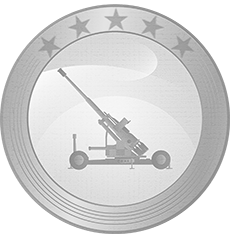
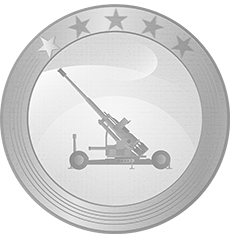
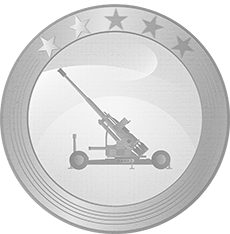
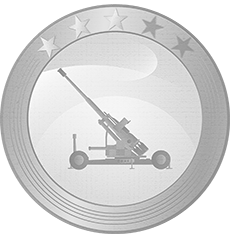
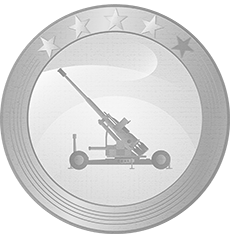
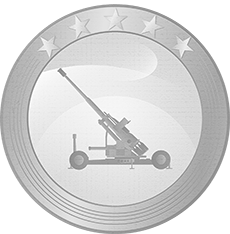
|
| Armament, Weapon Systems, Equipment and Accessories Category |
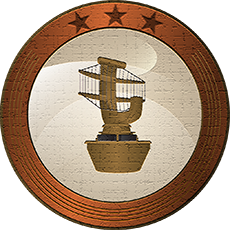
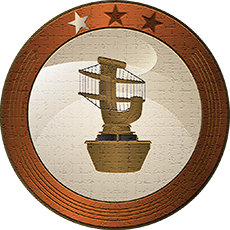
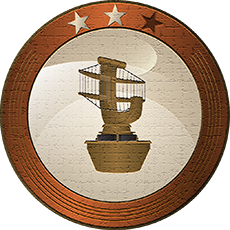












|
| Airplanes Category |
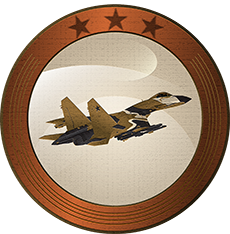
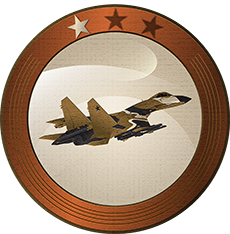
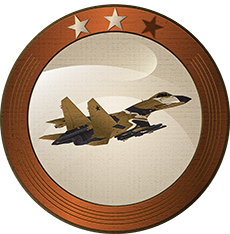
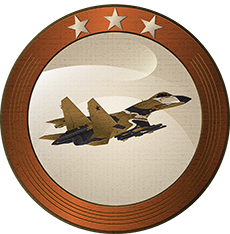
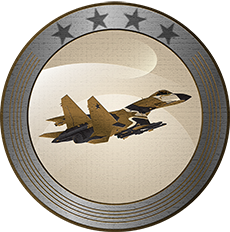
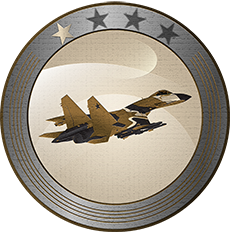
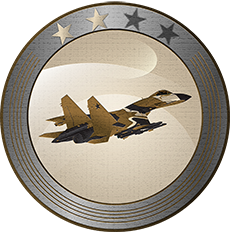
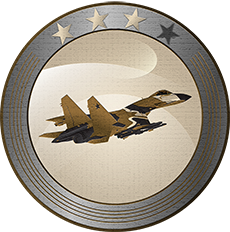
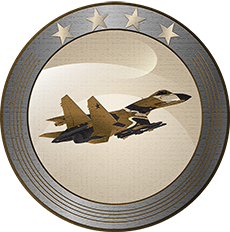
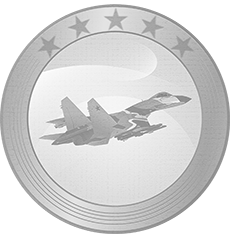
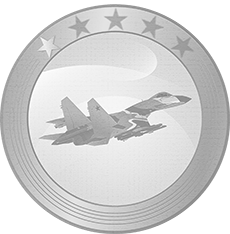
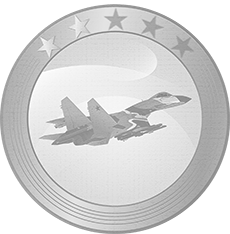
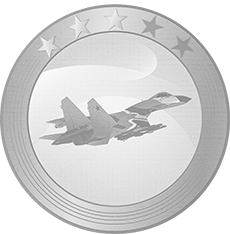
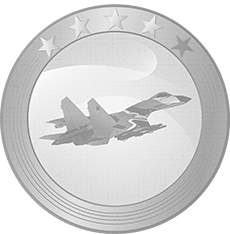
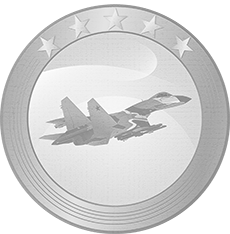
|
| Helicopters Category |
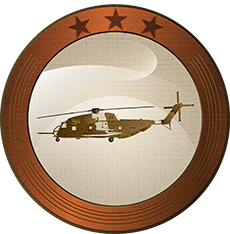
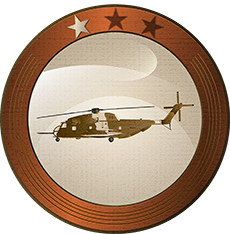
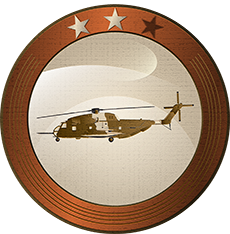
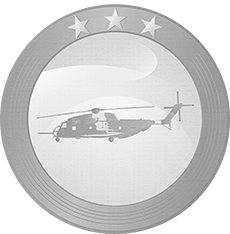
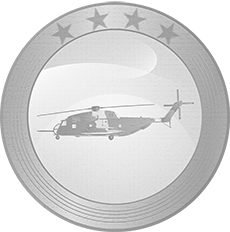
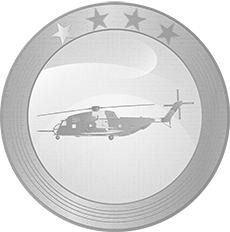
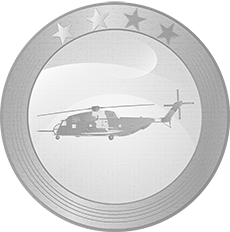
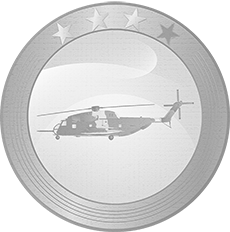
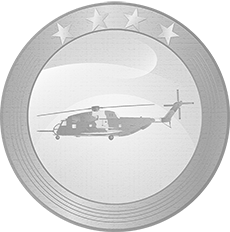
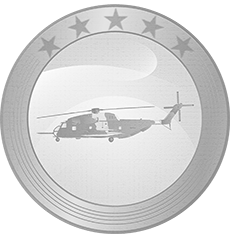
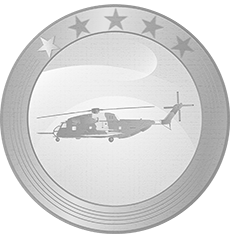

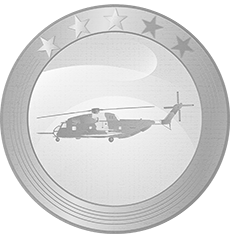
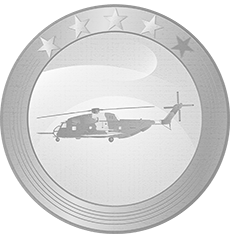
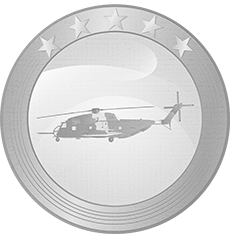
|
| Unmanned Aerial Vehicles Category |
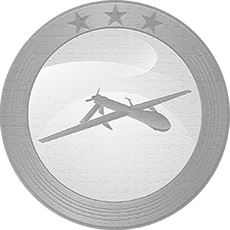
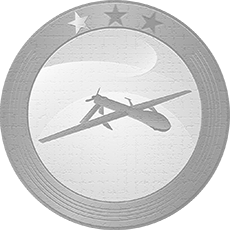
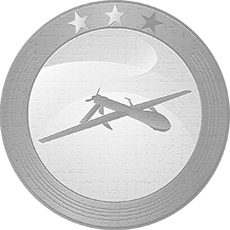
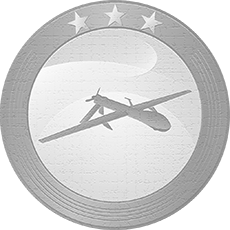
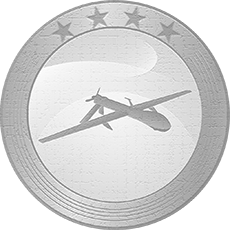
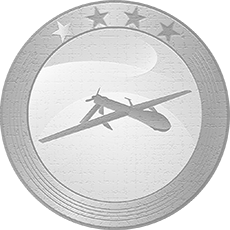
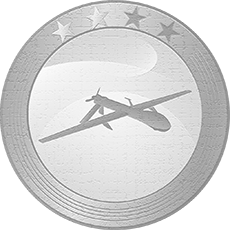

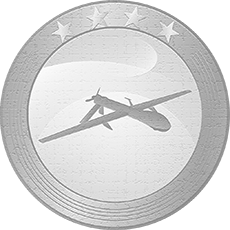
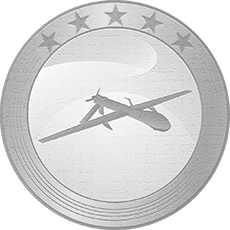
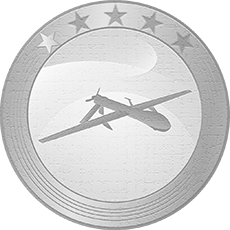
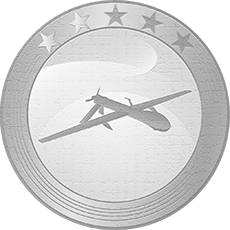
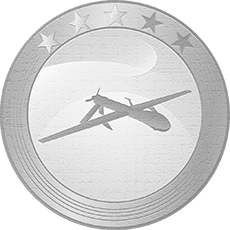
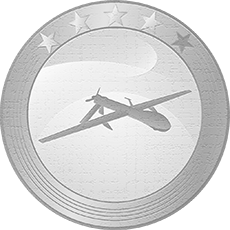
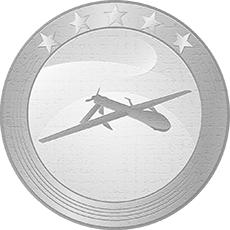
|
| Vessels Category |
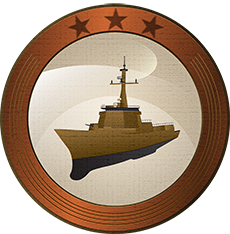
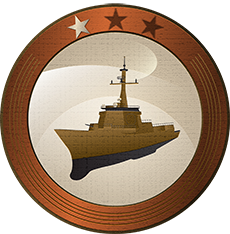
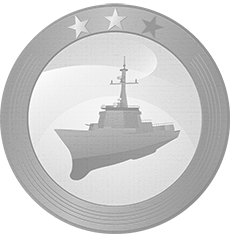
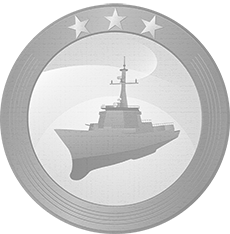
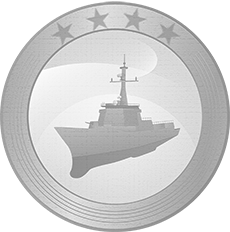
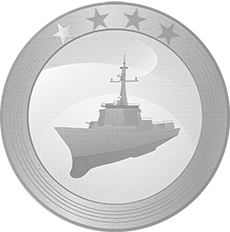
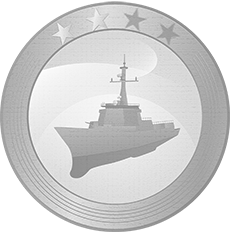
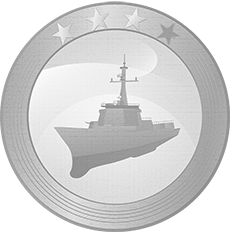
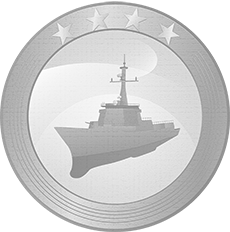
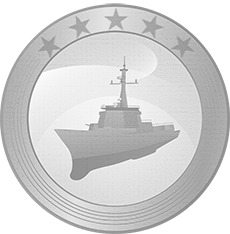
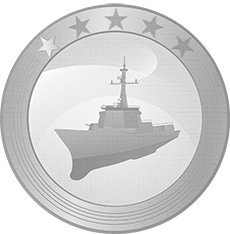
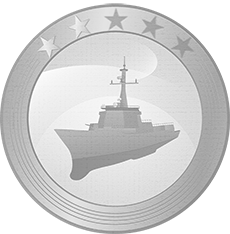
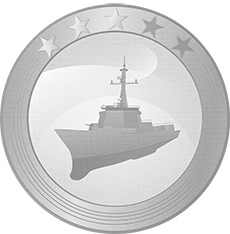
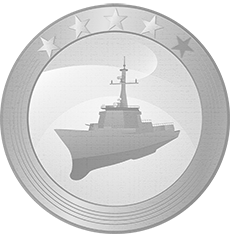
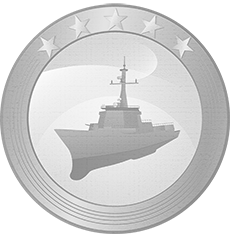
|
| Submarines Category |
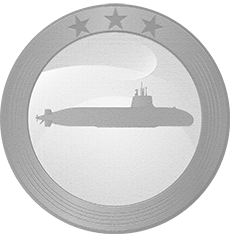
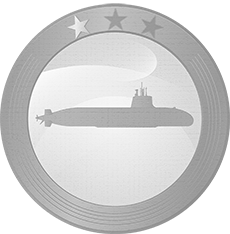
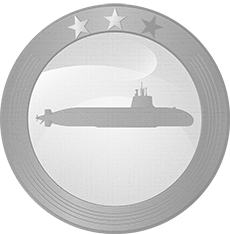
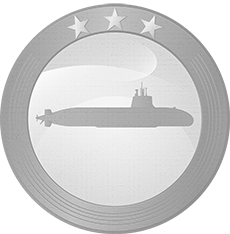
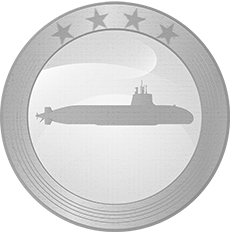
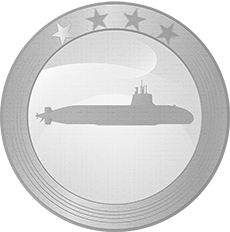
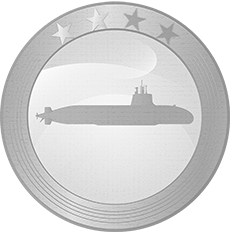
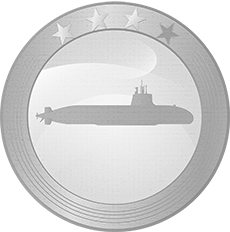
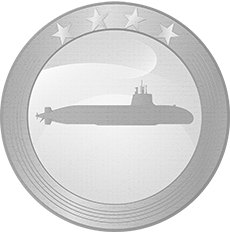
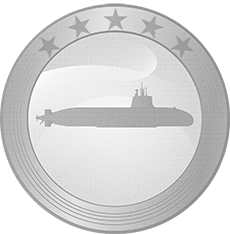
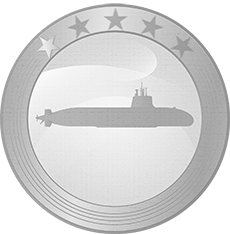
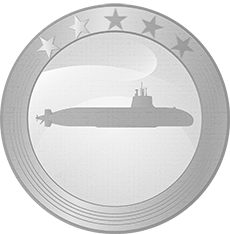
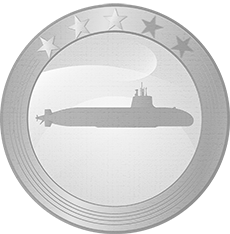
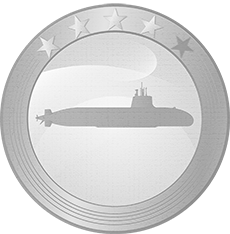
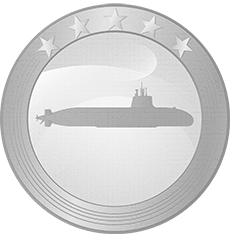
|
| Communication Systems Category |















|
| Small Arms Category |
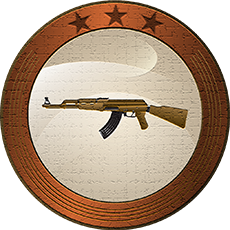
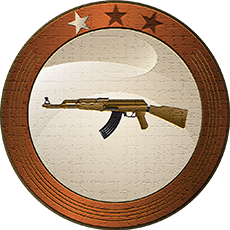
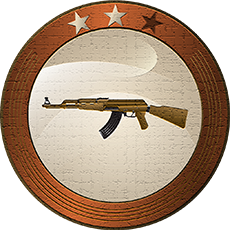
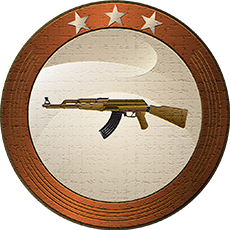
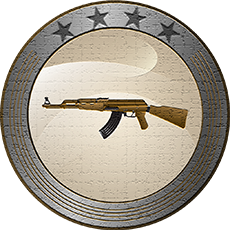
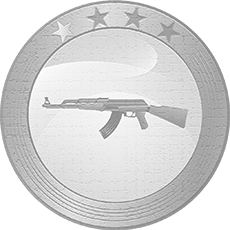
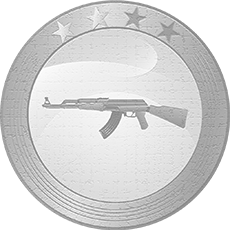
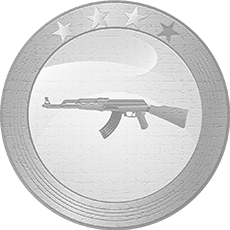
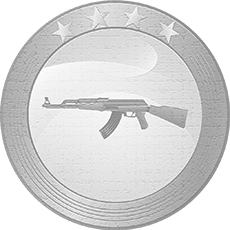
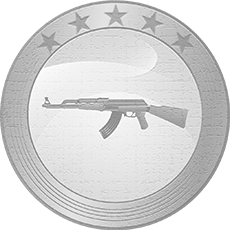
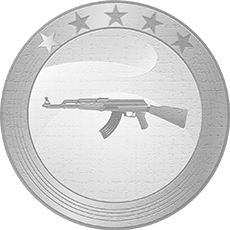
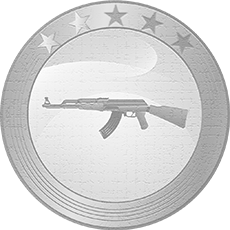
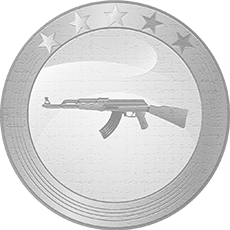
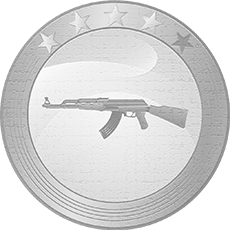
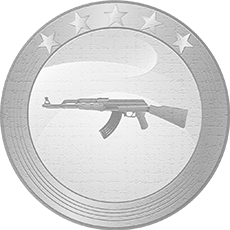
|
| Dress & Mess, Uniforms & Accoutrements Category |
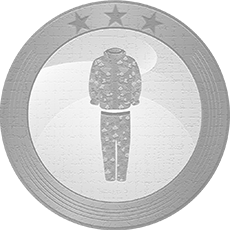
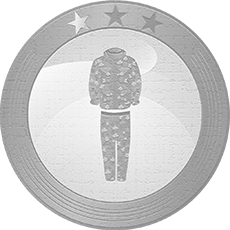
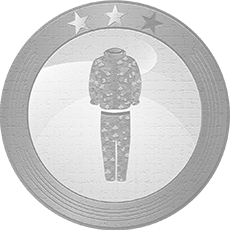
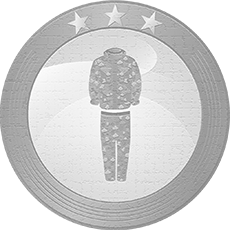
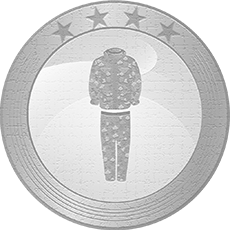

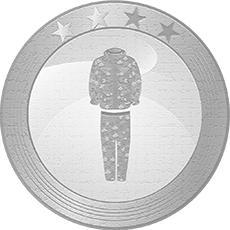
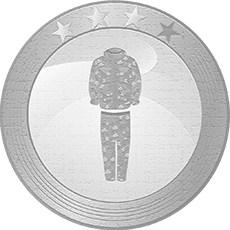
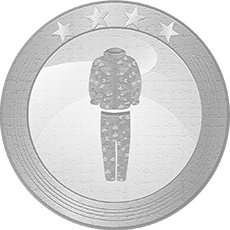
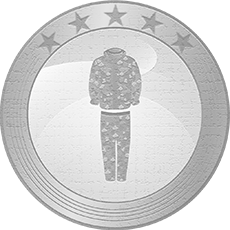
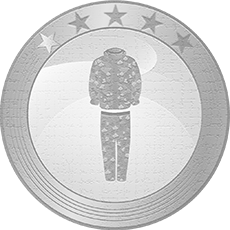
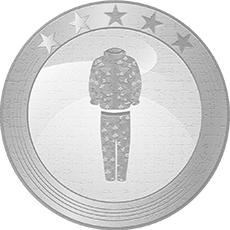



|
| Weapons of Mass Destruction Category |
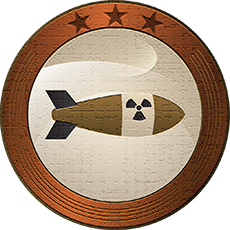
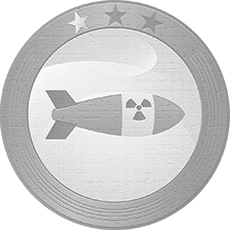
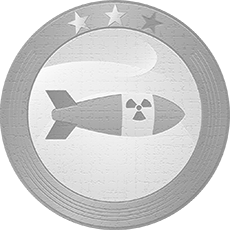
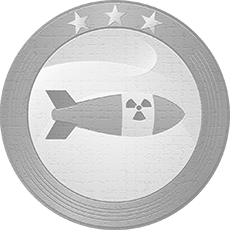
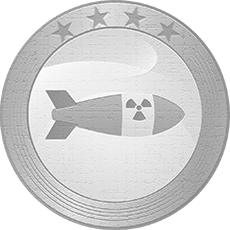
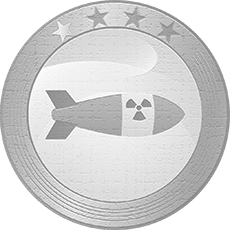
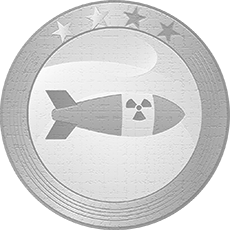

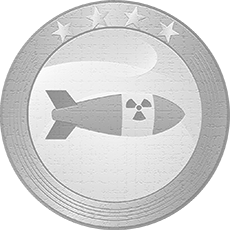
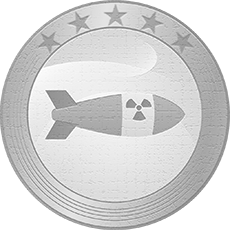
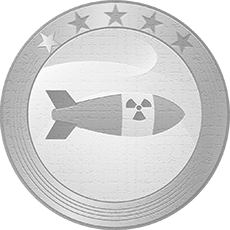
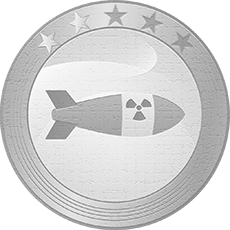
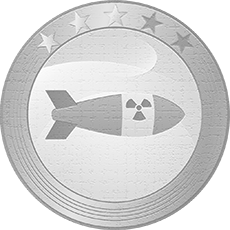
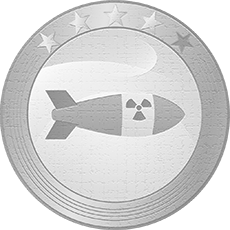
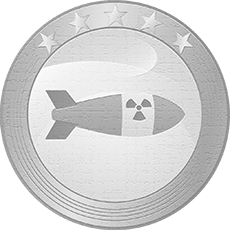
|
| Space Technology Category |
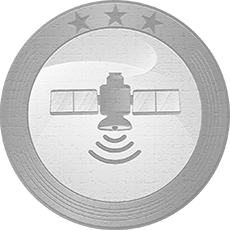
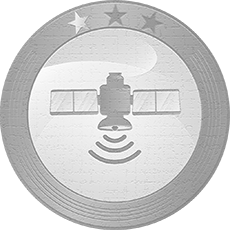
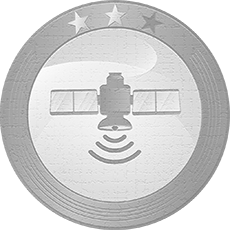
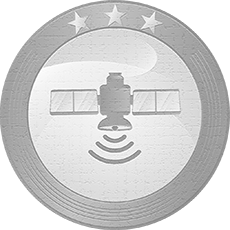
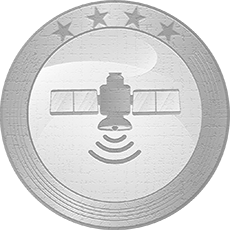
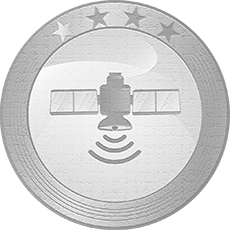
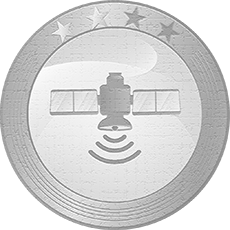
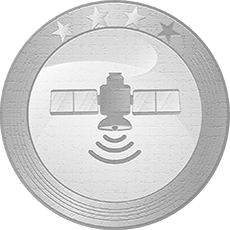
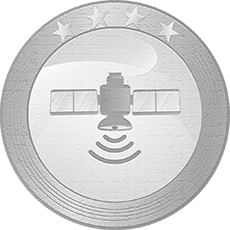
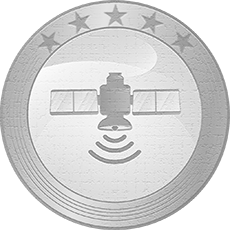
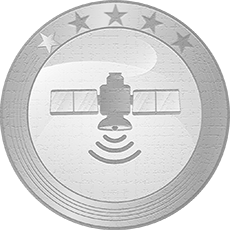
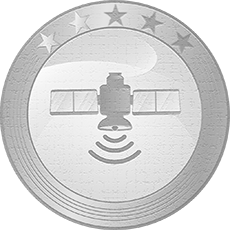
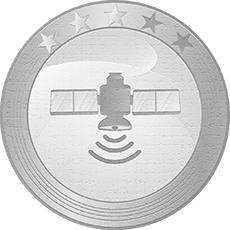
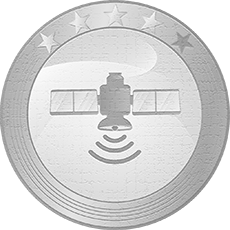
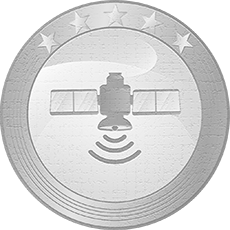
|
| Medals & Decorations Category |

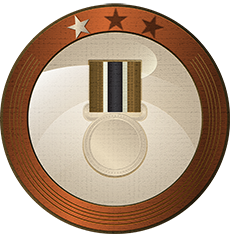
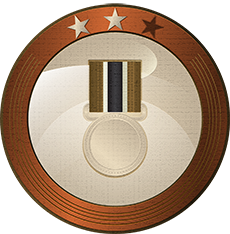
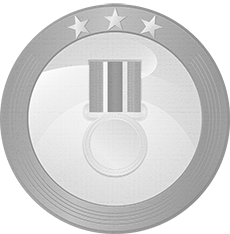




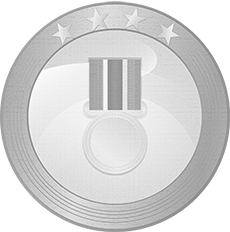

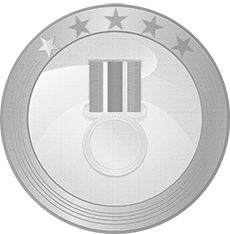




|
| Geographic Information Category |















|
| Crimes Against Humanity Category |




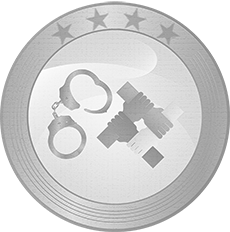










|
| Terrorism & Piracy Category |








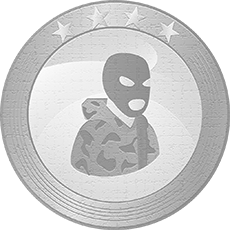






|
| World Religions Category |















|
| Explanatory Dictionary of Military Terms Category |
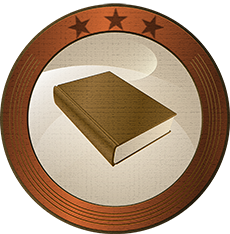
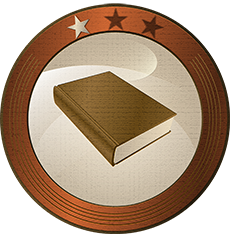













|
| Annotations and Book Reviews Category |















|
| Books & Movies Category |















|
Medals and awards

|
Komanderský kříž www.valka.cz |

|
Rytířský kříž www.valka.cz |

|
Důstojnický kříž www.valka.cz |

|
Železný kříž www.valka.cz |

|
Kříž www.valka.cz |

& bar (11) |
Řád 17. května & Bar |

|
Řád 17. května |

& bar (5) |
Řád redakce www.valka.cz s diamantovou stužkou |

|
Řád redakce www.valka.cz se zlatou stužkou |

|
Řád redakce www.valka.cz se stříbrnou stužkou |

|
Řád redakce www.valka.cz |

& bar (95) |
Medaile Cti k titulu Hrdina serveru www.valka.cz |

|
Hrdina serveru www.valka.cz |

|
Zlatá hvězda www.valka.cz |

|
Stříbrná hvězda www.valka.cz |

|
Bronzová hvězda www.valka.cz |

& bar (74) |
Velký kříž čestné legie serveru www.valka.cz |

|
Komander čestné legie serveru www.valka.cz |

|
Důstojník čestné legie serveru www.valka.cz |

|
Rytíř čestné legie serveru www.valka.cz |

|
Čestná legie serveru www.valka.cz |

& bar (1) |
Kříž za zásluhy o forum 1. třídy |

|
Kříž za zásluhy o forum 2. třídy |

|
Kříž za zásluhy o forum 3. třídy |

|
Medaile za zásluhy o forum 1. stupně |

|
Medaile za zásluhy o forum 2. stupně |

|
Medaile za příspěvky ke Zbraním a vybavení - Pozemní technika |

|
Kříž za zásluhy - Zbraně a vybavení - Letectvo |

& bar (6) |
Medaile za příspěvky ke Zbraním a vybavení - Letectvo |

|
Kříž za zásluhy o Jednotky |

& bar (4) |
Kříž za příspěvky do Jednotek |

|
Distinguished Service Medal |

|
Za službu v zahraničí |

|
Medaile 28.října 1918 - zlatá |

|
Medaile 28.října 1918 - stříbrná |

|
Medaile 28.října 1918 - bronzová |

|
Medaile technika |

|
Řád Přemysla Otakara II. |

|
Řád Zlatého lva |

|
Legionářský kříž |

|
Medaile J.A. Komenského |

|
Medaile Za zásluhy - bronzová |

|
Vojenská medaile |

|
Pamětní odznak VS AČR |

|
Záslužný řád Vzdušných sil AČR - 3.třída |

|
Freikorps |

|
Eichenlaub und Schwertern zum RK des EK |

|
Ritterkreuz des Eisernes Kreuzes |

& bar (5) |
Ehrenblatt Spange der Luftwaffe |

|
Ehrentafel Spange der Kriegsmarine |

|
Bayerische Tapferkeitsmedaille |

|
Ehrenkreuz |

|
Kriegsverdienstmedaille |

|
Spange 1939 zum Eisernes Kreuz 1.Klasse |

|
Spange 1939 zum Eisernes Kreuz 2.Klasse |

|
Eisernes Kreuz 2.Klasse (1914) |

|
Eisernes Kreuz 1.Klasse (1914) |

|
Tanto |

|
Zuihóšó IV. třídy |

|
Řád Vlastenecké války |

|
Řád odvahy |

|
Hrdina SSSR |

|
Iraq Campaign Medal |

|
Southwest Asia Service Medal |

|
World War I Victory Medal |

|
Commemorative Medal |

|
Air Force Medal |

|
Defence Medal |

|
Military Cross |

& bar (1) |
Victory medal |

& bar (1) |
The RAF Star |

|
War Medal 1939-45 |

|
The 1914-18 Star |

|
Coronation Medal |

|
Imperial Service Medal |

|
Distinguished Service Medal |

|
Distinguished Service Cross |

|
Conspicuous Gallantry Medal |

|
Conspicuous Gallantry Cross |

|
Air Force Medal |

|
Air Force Cross |

|
Distinguished Flying Medal |

& bar (1) |
Distinguished Flying Cross |

|
Order of British Empire |

|
Defence Medal |

|
Distinguished Service Order |

|
Medaile c.k. zeměbrany |

|
Stříbrný záslužný kříž s korunkou |

|
Stříbrný záslužný kříž |

|
Železný záslužný kříž s korunkou |

|
Železný záslužný kříž |

|
Záslužná medaile |

|
Pamětní mince |

|
Médaille Militaire |

|
Croix de Guerre 1914 -1918 |

|
Ordre du Mérite Maritime |

|
Médaille de l´Aéronautique |

|
Croix de la Valeur Militaire |

|
Ordre National de la Légion d´Honneur - Chevalier |

|
Jatkosodan muistomitali |

|
Suomen Valkoisen Ruusun IV |

|
Suomen Leijonan II |

|
Seriál "Stíhači v boji II" |

|
Seriál "Letadlová loď Enterprise" |

|
Seriál "Stíhači v boji" |
Join us
We believe that there are people with different interests and experiences who could contribute their knowledge and ideas. If you love military history and have experience in historical research, writing articles, editing text, moderating, creating images, graphics or videos, or simply have a desire to contribute to our unique system, you can join us and help us create content that will be interesting and beneficial to other readers.
Find out more